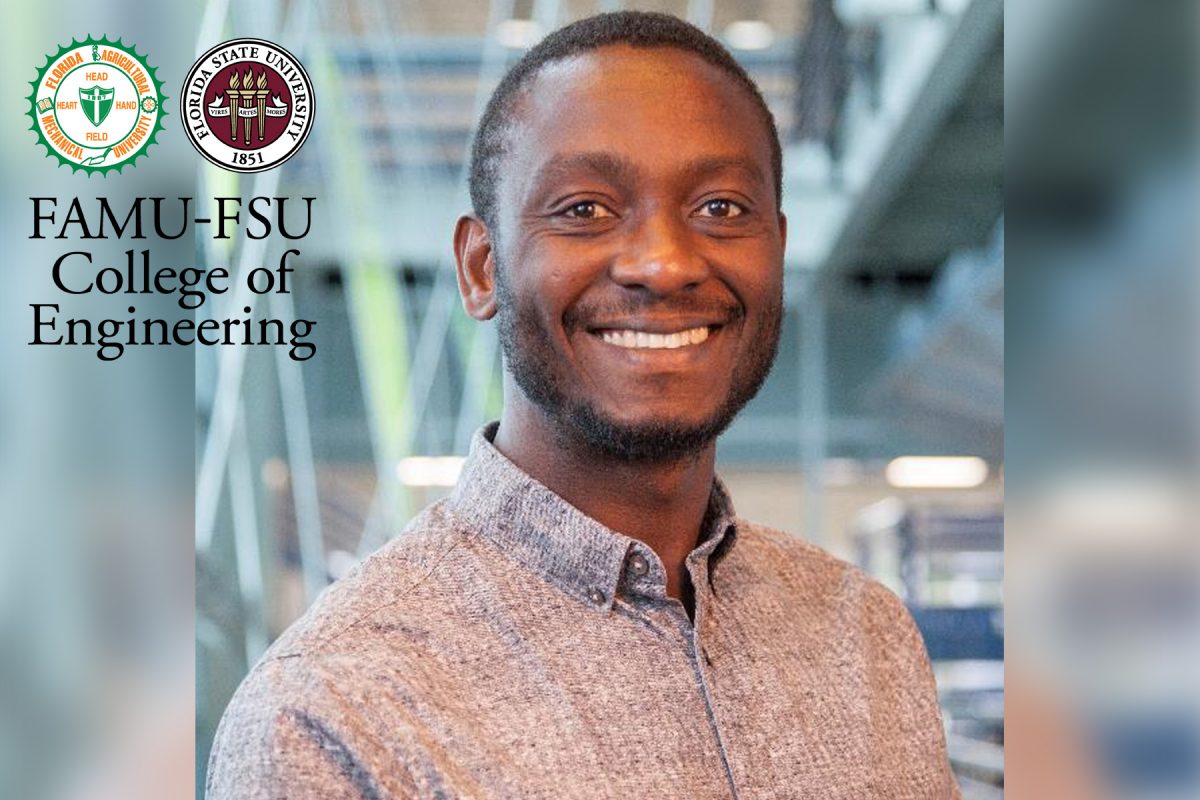
A FAMU-FSU College of Engineering researcher is developing technology to protect the electric grids of the future.
Assistant Professor Olugbenga Moses Anubi’s project “Concurrent Learning Cyber-Physical Framework for Resilient Electric Power System,” or CyberPREPS, will allow energy transmission systems to keep functioning in the wake of cyberattacks. A $2.89 million competitively selected cooperative agreement from the U.S. Department of Energy will fund $2 million of the work.
“As our electric grid grows more complex, with greater connections and a wider array of energy sources, security challenges become even more difficult,” Anubi said. “This work will help meet the challenge of securing the electric grid against cyberattacks and other extreme events.”
HOW IT WORKS:
Anubi and his team will develop algorithms to detect and mitigate the effects of cyberattacks in the electric grid.
Current approaches to keeping the electric grid’s computer systems safe use artificial intelligence and machine learning to detect anomalies that signal an attack. This works well when the data they are trained on is similar to the operating conditions under which they function. But when they encounter new situations, the safeguards don’t work as well. Attackers may mimic extreme events to force their way into a system.
Anubi’s algorithms will solve this problem by combining knowledge of the electric grid’s operations with secondary information sources such as the energy market to estimate the “true states” of the system, which will be used to maintain critical operations. All this can happen while an attack is underway, essentially neutralizing the effects of the cyberattacks.
The approach uses a new machine learning/artificial intelligence method called “concurrent learning.” The proposed approach is very similar to the way the human body fights viruses. In this case, the domain knowledge acts like the primary vaccine to boost the grid’s immunity, while the secondary information sources act like a booster shot.
Anubi will use the hardware-in-the-loop system pioneered by Florida State University’s Center for Advanced Power Systems to test the reliability of the approach.
WHY IT MATTERS:
Electricity powers the modern world, but the grid that moves electricity around the country is vulnerable to cyberattacks by malicious actors and failure brought on by natural disasters or accidents. The increasing popularity of the internet-enabled appliances in homes, industry and elsewhere that make up the “Internet of Things” adds to the vulnerability of the electric grid.
The U.S. Government Accountability Office reported that cyberattacks could cause widespread power outages and recommended that the Department of Energy develop a national strategy for securing the grid.
WHO’S INVOLVED:
Anubi will lead a team that includes researchers from FSU and the University of North Carolina at Charlotte, industry partners Nhu Energy in Tallahassee and General Electric’s Global Research Center (GRC) in New York, and utility partner New York Power Authority. FAMU-FSU College of Engineering Associate Professor Omar Faruque will focus on developing the hardware-in-the-loop testing platform to validate the algorithm.
Researchers at the University of North Carolina at Charlotte will develop the cyberattacks for testing. GRC will use their Digital Ghost platform to build an attack detector and Nhu Energy will provide the controller platforms to implement the algorithm. Also, GRC and Nhu Energy will develop a commercialization plan for the technology.
WHERE IS FUNDING COMING FROM:
The Department of Energy (DOE) is providing funding for the research through its Office of Cybersecurity, Energy Security, and Emergency Response (CESER), with the federal portion being valued at $2 million, and the cost-share valued at approximately $887,000. The study is part of a larger initiative by DOE and CESER to improve the cybersecurity of America’s power grid.




